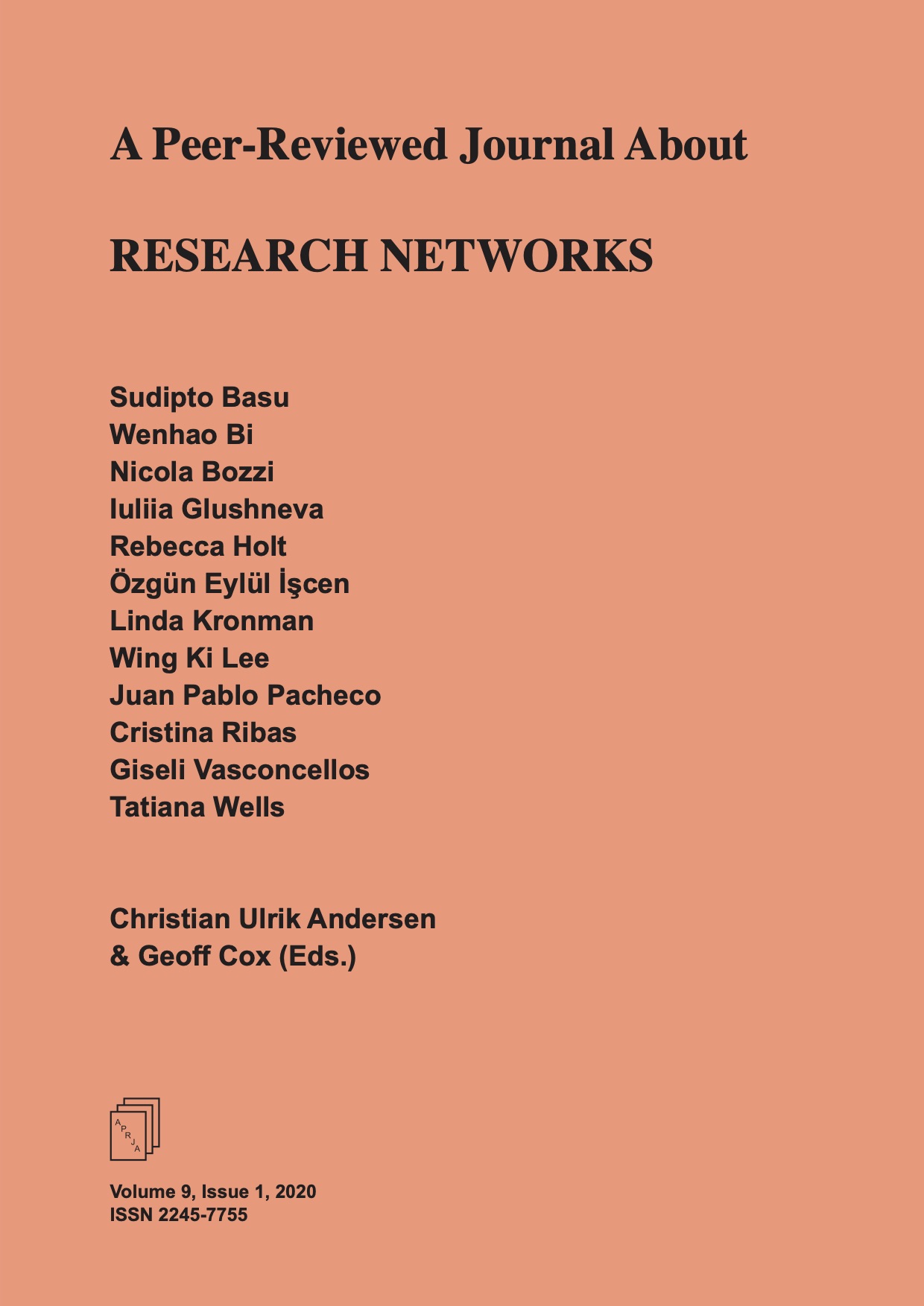Intuition Machines
Cognizers in Complex Human-Technical Assemblages
DOI:
https://doi.org/10.7146/aprja.v9i1.121489Keywords:
machine vision, machine learning, nonconscious cognition, datasetsAbstract
The urgency of environmental, security, economic and political crises in the early twenty-first century has propelled the use of machine vision to aid human decision-making. These developments have led to strategies in which functions of human intuitive processing have been externalized to ‘vision machines’ in the hope of optimized and objective insights. I argue that we should approach these replacements of human nonconscious functions as ‘intuition machines.’ I apply this approach through a close reading of artworks which expose the hid- den labour required to train a machine. These artworks demonstrate how human agency shapes the ways that machines perceive the world and reveal how values and biases are hardcoded into nonconscious cognitive machine vision systems. Thus, my analysis suggests that decisions made by such systems cannot be considered fundamentally objective or true. Nevertheless, artworks also exemplify how externalized intuitive processing can still be helpful as long as we refrain from blindly taking the results as a go-signal to take immediate action.
Downloads
Published
Issue
Section
License
Copyright (c) 2020 A Peer-Reviewed Journal About

This work is licensed under a Creative Commons Attribution-NonCommercial-ShareAlike 4.0 International License.
Copyrights are held by the individual authors of articles.
Unless stated otherwise, all articles are published under the CC license: ‘Attribution-NonCommercial-ShareAlike’.
The journal is free of charge for readers.
APRJA does not charge authors for Article Processing Costs (APC)


